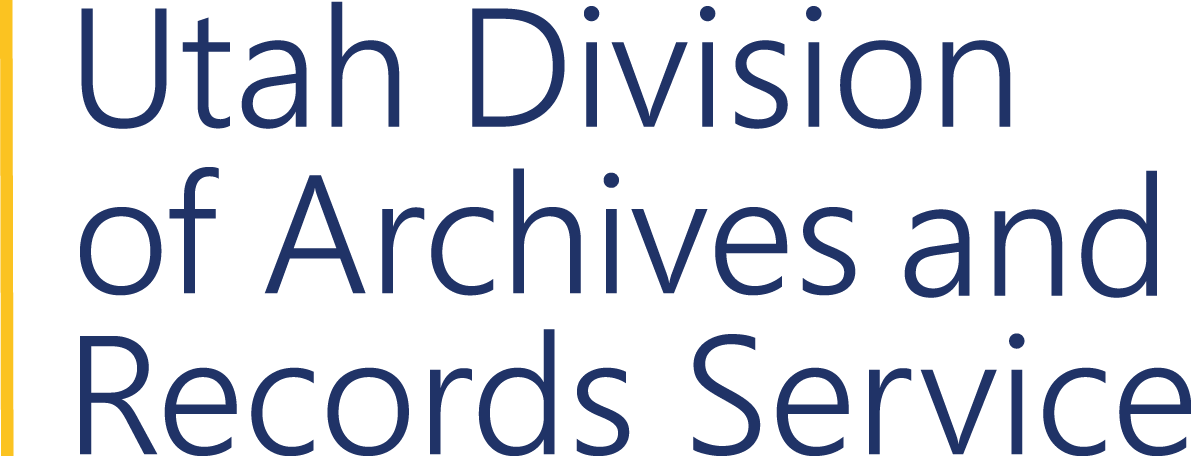GOLD MOUNTAIN MINING DISTRICT (UTAH). RECORDER
Agency History #3132
CREATION
In the summer of 1888 three men from Millard County explored the Tushar Mountains west of Marysvale in search of a rumored lost mine called Trapper's Pride. In their search they discovered two large outcroppings of quartz containing gold and a vein of silver. According to federal law (Statutes at Large, Treaties, and Proclamations, of the United States of America, 1872, vol. XVII, chap. 152), mineral deposits in the public domain were free and open to exploration, and locators of the same had exclusive right of possession. The law authorized the organization of mining districts to keep records and oversee mining operations within specified boundaries. According to that law, miners in the Tushar Mountains organized the Gold Mountain Mining District in April 1889. The boundaries of the district straddled the Piute-Sevier County line in the mountains west of Marysvale. Mines in the Gold Mountain District proved profitable in the production of gold and silver. The Annie and Laurie Mines, located in 1891, were among the most prominent in this district. They were sold in 1899 and incorporated as the Annie Laurie Consolidated Gold Mining Company. In 1897 the Utah Legislature enacted a mining law, which transferred all responsibility for keeping mining records to county recorders. (Laws of Utah, 1897, chapter 36, "Mining Claims").
FUNCTIONS
After the discovery of a potential location, miners were allowed 30 days to record the claim. Mining district recorders recorded all claims or notices of location within the district, as well as deeds of mining property sold, and affidavits showing proof of annual assessment work done on claims. District by-laws required that these be recorded in a substantial book which would be available for inspection at all times. By-laws authorized the district recorder to collect $2 for each claim he recorded.
ADMINISTRATION
Gold Mountain Mining District recorders were elected from among the claim holders in the district for a one year term. Annual miners' meetings which were held each first Monday in August.
Gold Mountain District recorders were required to appoint a deputy who could act in their absence. In 1897 the Utah Legislature enacted a mining law, which transferred all responsibility for keeping mining records to county recorders. (Laws of Utah, 1897, chapter 36, "Mining Claims"). The mining records of the Gold Mountain District were transferred to the office of the Piute County recorder in December 1899.
| MINING DISTRICT RECORDERS | |
| A.J. Moore | 1889, Apr-1892, Jul |
| Walter James | 1891, Aug-1894, Jul |
| A.J. Moore | 1894, Aug-1897, May |
COMPILED BY: Rosemary Cundiff , March 2002
SOURCES
Gold Mountain Mining District (Utah), Recorder. Mining records. Utah State Archives (Series 23923).
Newell, Linda King, A History of Piute County. Utah State Historical Society; Piute County Commission (Salt Lake City: 1999).
Statutes at Large, Treaties, and Proclamations, of the United States of America, vol. XVII, chap. 152. Published by authority of Congress, Boston: Brown, Little and Company.
United States, General Land Office. Mining district by-laws. Utah State Archives (Series 3651).
Utah Mining Association. Utah's Mining Industry. Utah Mining Association, Salt Lake City: Aug 1967).
Page Last Updated July 2, 2003.
